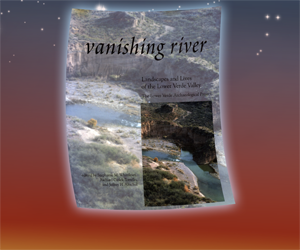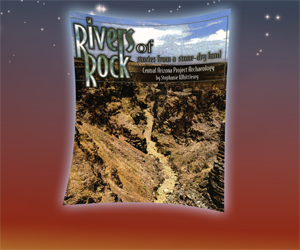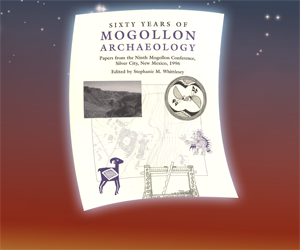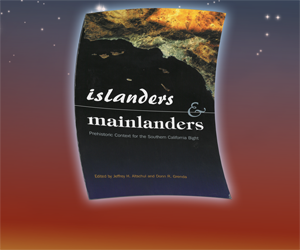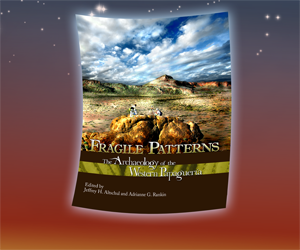The Mescal Wash Site: A Persistent Place along Cienega Creek, Southeastern Arizona: Archaeological Investigations at the Marsh Station Traffic Interchange and Pantano Railroad Overpass, Interstate 10, Pima County, Arizona, Volume 1
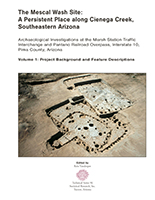
Edited by Rein Vanderpot
Technical Series 96, Volume 1
648 pp. / 2017
The Formative period (A.D. 700–450) in Southeast Arizona has long intrigued archaeologists because of its rich cultural diversity. Sandwiched between the better-known Mogollon and Hohokam cultures and influenced by migrations of people and traits from the Ancestral Pueblos to the north and the Sonoran cultures to the south, the Formative period archaeological sites in the valleys of southeastern Arizona remain difficult to place in any particular cultural setting. The problem is exacerbated by the lack of major archaeological excavations in the last 50 years. The archaeological record shifted dramatically in response to data recovery sponsored by the Arizona Department of Transportation at the Mescal Wash site, located along Cienega Creek. Between 2000 and 2016, archaeologists from Statistical Research, Inc. (SRI), identified 2,314 archaeological features at the site and excavated 474 of them. The vast majority of the features date to the Formative period. The meticulous analysis of the material culture, subsistence, and architectural remains along with detailed chronometric data provide a comprehensive picture of a period that has long been of interest but has until now been poorly known. The published report contains three volumes. Volume 1 presents the project background and feature descriptions. Volume 2 provides the results of chronometric, artifactual, and ecofactual analyses. Volume 3 contains the synthetic studies and the conclusions.
For Volume 2, click here.
For Volume 3, click here.

